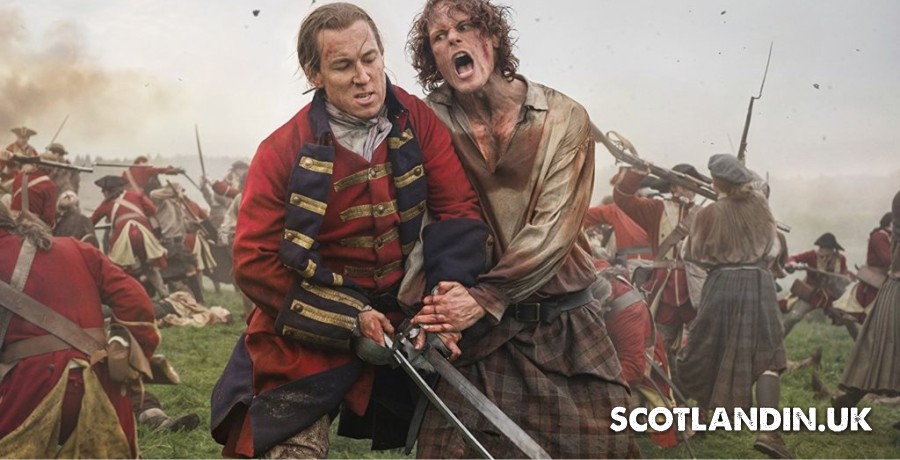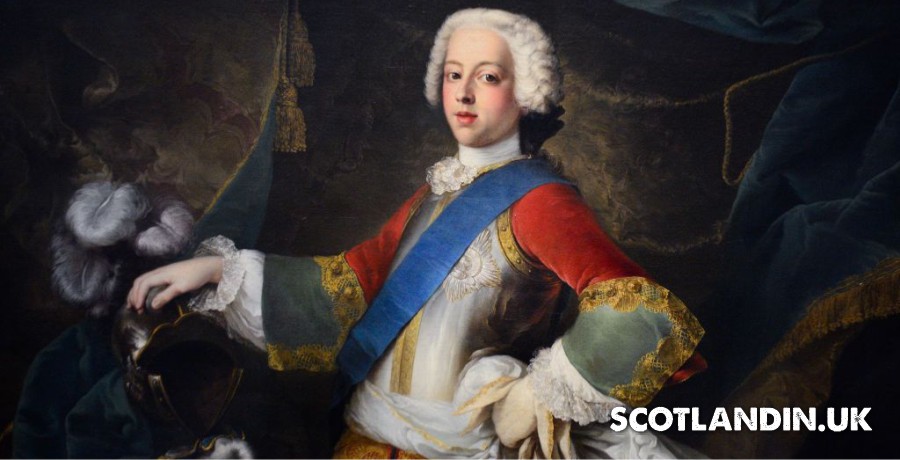
The Battle of Culloden, fought on April 16, 1746, was a turning point in Scottish history. It marked the final confrontation between the Jacobite forces, led by Charles Edward Stuart, also known as the Young Pretender, and the government troops loyal to the British crown.
Context: A Nation Divided
This monumental clash had far-reaching consequences that reverberated throughout Scotland for years to come. Let us delve into the details of this historic event, exploring its context, key figures, the battle itself, and its aftermath.
To understand the Battle of Culloden, we must first examine the context in which it took place.
Scotland in the 18th century was a nation divided. The Act of Union in 1707 had merged the Scottish and English parliaments, creating tensions among those who sought to preserve Scottish independence.
This discontent set the stage for the Jacobite uprising, a movement that aimed to restore the Stuart dynasty to the British throne.
Young Pretender: Charles Edward Stuart
Central to the Jacobite cause was Charles Edward Stuart, the Young Pretender. Born in Rome, he was the grandson of the exiled King James II of England.

Charles believed he had a legitimate claim to the throne and rallied support for his cause, particularly in the Scottish Highlands. His charisma and determination inspired many Highland clans to join him in his quest for power.
Invasion and Retreat: A Risky Endeavor
Buoyed by the support of the Highland clans, Charles Edward Stuart embarked on an audacious invasion of England in 1745.

The Scottish Clans. Scotland’s rich and vibrant history is deeply intertwined with the clans that have shaped its cultural and social fabric for centuries.
His goal was to rally more support and ultimately defeat the government forces. Initially, the Jacobites experienced success, winning battles at Prestonpans and Falkirk.
However, their advance into England ultimately ended in a retreat back to Scotland, as they failed to gain enough support from English Jacobites.
The Armies: Clash of Loyalties
The Battle of Culloden saw the clash of two distinct armies. On one side stood the Jacobites, composed mainly of Highland clansmen.
Their fighting spirit and loyalty to the Stuart cause were unmatched. On the other side were the government forces, consisting of professional soldiers, including English, Scottish, and Irish troops. The contrasting military tactics, weaponry, and leadership styles of the two armies would play a crucial role in the outcome of the battle.
The Battle Unfolds: A Day of Bloodshed
On that fateful day of April 16, 1746, the forces of the Jacobites and the government troops faced each other on the moor of Culloden.
The battlefield was marked by wet, boggy terrain, which presented challenges for both sides. The battle commenced with a fierce exchange of musket fire, followed by brutal charges and hand-to-hand combat. Despite the valiant efforts of the Jacobites, their disciplined opponents ultimately prevailed, leading to a devastating defeat for Charles Edward Stuart and his cause.
The Consequences: Lasting Impact
The consequences of the Battle of Culloden were profound. The defeat effectively crushed the Jacobite rebellion and marked the end of any serious challenge to British rule in Scotland.
The aftermath was marked by harsh measures implemented by the government to suppress any further uprisings. The Disarming Act was enacted to disarm the Highland clans, dismantling their traditional military power.
Additionally, the Highland Clearances saw the eviction of many Highlanders from their ancestral lands, leading to significant social and economic upheaval.
Repression: A Dark Period
The British government’s response to the Jacobite rebellion was characterized by repression and the suppression of Highland culture. The repression following the Battle of Culloden aimed to extinguish any remnants of Jacobite support and assert British control over Scotland. The ban on Highland dress and the playing of bagpipes further sought to erode Highland traditions and identity.
The period following the Battle of Culloden was a dark time for Scotland. The government’s repressive measures not only aimed to quell any future rebellions but also had a profound impact on the Scottish way of life. The Highland clans, once powerful and influential, were disarmed and their military structure dismantled. This led to a loss of their traditional role in society and a decline in their cultural significance.
The Highland Clearances, a series of forced evictions and land reorganizations, displaced many Highlanders from their homes and ancestral lands. This resulted in widespread economic hardship and the disruption of tight-knit communities. The effects of these clearances were felt for generations, leading to a mass migration of Highlanders to other parts of Scotland and overseas.
The repression of Highland culture, including the suppression of the Gaelic language, further exacerbated the marginalization of the Scottish Highlands. Traditional customs, songs, and stories were suppressed, and efforts were made to assimilate the Highlanders into British society. This systematic repression aimed to erase any remaining traces of the Jacobite cause and ensure complete loyalty to the British crown.
However, despite the repression and its devastating impact, the Battle of Culloden and its aftermath also served as a catalyst for change. It sparked a renewed interest in Scottish culture and identity, leading to a romanticized view of the Highland way of life. The battle became a symbol of Scottish resilience and the struggle for independence, inspiring generations of Scots to preserve their heritage and fight for their rights.
Battle of Culloden aftermath
One of the immediate consequences of the Battle of Culloden was the brutal repression of the Highland clans. The British government, led by King George II, viewed the Highland clans as a threat to their control and sought to quell any further uprisings.
The Act of Proscription was enacted, which banned the wearing of traditional Highland clothing, playing bagpipes, and bearing arms. This was an attempt to dismantle the cultural symbols and traditions associated with the Highland clans, and it had a devastating impact on their way of life.
The aftermath of Culloden also led to the displacement of many Highlanders. The British government sought to break the power of the clans by implementing a policy of forced clearances, where Highlanders were evicted from their lands to make way for sheep farming and other economic activities.
This led to the mass migration of Highlanders to other parts of Scotland and overseas, including North America and Australia. The clearances not only disrupted the traditional way of life but also caused immense hardship and suffering for the Highland communities.
Overall, the aftermath of the Battle of Culloden was a period of repression, cultural suppression, and displacement for the Highland clans. The battle marked the end of the Jacobite cause and the beginning of a new era of British control over Scotland.
The scars of this period are still felt today, but the resilience and cultural pride of the Highlanders have ensured the survival of their traditions and heritage.
Why was the Battle of Culloden so important?
In conclusion, the Battle of Culloden was a pivotal event in Scottish history. The context, with its political divisions and aspirations for Stuart restoration, set the stage for this monumental clash.
Led by the Young Pretender, Charles Edward Stuart, the Jacobite forces embarked on an ambitious invasion of England, only to face defeat and subsequent repression at the Battle of Culloden. The consequences were far-reaching, with the suppression of Highland culture and the imposition of repressive measures by the British government.
However, the battle also ignited a renewed sense of Scottish identity and resilience, leading to a lasting legacy in the hearts and minds of the Scottish people. The Battle of Culloden serves as a reminder of the complexities of history and the enduring spirit of a nation.